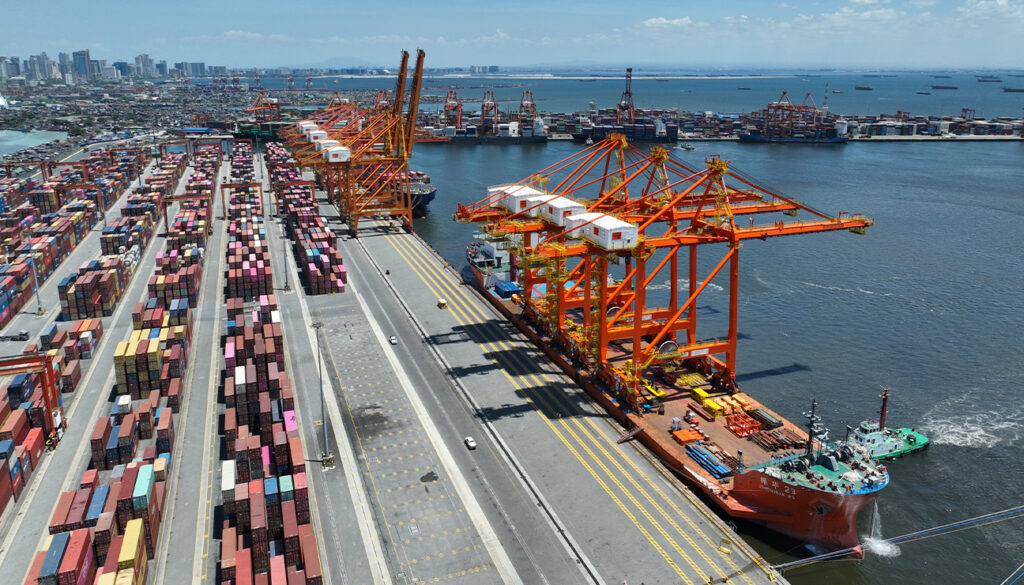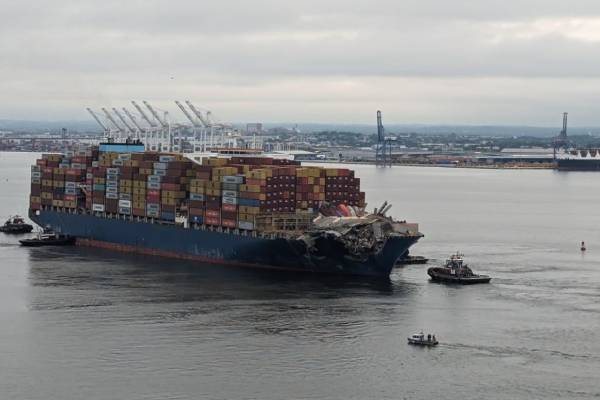The sheer complexity of trade regulation and the risk of non-compliance mean companies are missing out on billions in tariff savings from Free Trade Arrangements (FTA) in their global supply chains. New AI tools can help remove some of the barriers.
The purpose of Free Trade Agreements (FTAs) is to reduce or even eliminate certain barriers to trade between participating countries, by applying preferential tariffs on imports and exports. Prominent examples include the United States-Mexico-Canada Agreement (USMCA), the Comprehensive and Progressive Agreement for Trans-Pacific Partnership (CPTPP), and the EU-Canada FTA (CETA). However, to qualify for the benefits under such agreements, products must meet specific rules of origin, ensuring they are genuinely produced within member countries.
Attempts to harmonize trading rules globally, such as the Doha round of the World Trade Organization (WTO), have largely failed. As a result, managers today face a complex network of bilateral and multilateral trade agreements with conflicting rules and standards, often referred to as the “spaghetti bowl” phenomenon. This complexity can make compliance a significant challenge for companies.
Recent trade wars, notably between the United States and China, have significantly impacted global trade dynamics. These conflicts have led to protective measures, tariff hikes, and shifts in trade alliances, affecting not only the primary countries involved but also causing ripple effects across other continents. Additionally, the geopolitical weaponization of trade has become more pronounced, with examples such as restrictions on Ukraine grain exports, tariffs on electric vehicles, and temporary COVID-19 protections that have been left in place.
As a result, market access regulations are continually becoming more restrictive, leading to dynamic and ever-increasing hurdles for companies attempting to ship their supplies and products across borders. These complexities can lead to misaligned supply chain setups and suboptimal manufacturing footprint decisions.
The underutilization of trade preferences
Given this backdrop, it becomes more important than ever that companies utilize the benefits of preferential trade deals where they can. Yet trade statistics show that approximately one-third of eligible exports miss out on the reduced or exempted duties that come from FTAs. The failure to leverage trade preferences is costing companies billions. This isn’t just an oversight – it’s a missed opportunity for substantial savings. Understanding the barriers to utilization is the first step towards capturing these benefits:
- Complex rules of origin: These rules require detailed documentation and specific calculations to prove a product’s origin, often involving complex criteria such as regional value content, component value or weight, and tariff classification changes. This complexity can deter companies from applying for trade preferences.
- Company size: Larger companies tend to utilize trade preferences more effectively than smaller ones due to better resources and more sophisticated supply chain management.
- Company sector: On top of an increasing number of mandatory sustainability standards, industries such as agriculture and textiles face particularly high hurdles in utilizing FTA preferences. The rules of origin in these sectors are typically more complex, requiring extensive documentation and calculations involving a variety of data points. For instance, agricultural products often need to demonstrate that a significant percentage of their value was added within the FTA region, while textiles might have to meet specific yarn or fabric-forward rules. This complexity discourages many businesses in these industries from fully leveraging the available trade preferences, resulting in lower utilization rates compared to other sectors.
Structural issues in assuring trade compliance
There are also structural issues that hinder effective trade compliance. Many companies still perform trade compliance checks manually, increasing the likelihood of errors and inefficiencies. It is also possible to procure trade compliance automation solutions within Enterprise Resource Planning (ERP) systems or as add-ons. These tend to be very expensive to procure and maintain, primarily because of their rigidity: they typically involve hardcoded rules and workflows for each specific import or export flow. Accordingly, their adaptability to changing regulations is limited
Moreover, these systems often do not include built-in regulatory intelligence, which means that companies must purchase costly regulatory data from external providers. The lists that are currently available on the market cover less than half of all the FTAs in force, leaving significant gaps in compliance capabilities.
For many companies, the issue is compounded by the insufficient quality of master data. Incomplete or incorrect data may not only prevent the effective utilization of trade preferences but can lead to potential compliance issues and fines.
Experts in trade compliance are hard to come by, and their precious time is often wasted on locating the right information, keeping track of regulations, and conducting manual checks.
The AI opportunity
Given these structural issues, the trade compliance landscape appears like an ideal application field for Machine Learning techniques, and for GenAI in particular. The inflexibility of current systems, the scarcity of built-in regulatory intelligence, and the overwhelming manual workload seem to present ideal conditions for an AI intervention. However, this is unlikely to become one of the use cases where you can just type a question into ChatGPT and get a reliable answer. The reason? The historical data needed to correctly train models is highly confidential and well protected – out of the training purview of language models. Even if it became available for this purpose, historical data reflects the variety of structural issues in the trade compliance field, so models might just perpetuate past errors. Moreover, assessing whether AI performs the task correctly requires expert supervision and validation.
This calls for an approach where human expertise and AI are combined. Generative AI can be used to automate and streamline the data-intensive aspects of trade compliance, such as real-time regulatory updates and complex documentation requirements. Meanwhile, human experts are essential to oversee these processes, provide strategic insights, and handle complex interpretations and judgment calls that AI alone cannot manage.
The geopolitical context and potential savings make this a priority for many corporations. New AI-driven solutions are emerging, although the landscape remains fragmented. Innovators and early adopters of next-generation AI solutions are likely to be rewarded significantly. The potential benefits are substantial.
How to leverage the potential of AI in trade compliance
To make the most of AI tools to navigate the complexities of trade compliance, companies should consider the following four strategies:
By adopting these strategies and leveraging AI, companies can transform their approach to trade compliance. This will not only help in navigating the complexities of global trade but also ensure compliance while maximizing financial benefits. Companies that embrace these technologies will be better positioned to compete in the global market, maintaining access to crucial markets and optimizing their trade operations. With the benefit of automation and AI, trade compliance can become progressively more effective and more cost-efficient.
By: Ralf W. Seifert & Philip Sieber-Gasser | 04Jul2024
Source: How AI could help navigate complex trade rules and save billions on tariffs – I by IMD





